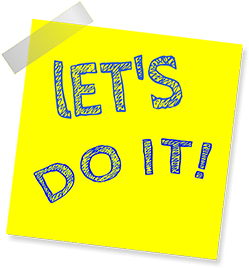…the more I’ve learned about UDL, it really truly is a mindset. I think of it sort of as, like, almost like an ideology really, in approach to education. It’s a totally different world view, a totally different way of looking at students, of looking at a lesson, it’s a different way of thinking about what it means to be in public education and truly serving every child, every child’s needs.
– Dakota Hudelson
The Mindset of UDL
If you’ve been around the UDL community for a while, you’ve heard the framework described as a mindset, but how can a framework be a mindset? A framework is a thing. In fact, when people struggle to understand what a framework is, I point them to the periodic table as an example of a framework. A framework is a structured way to organize and categorize information to make it more understandable and useful. But the UDL framework has two sides to it: a way of thinking and a way of doing.
A way of thinking. UDL brings together quality research and practices into one place. That’s why so many teachers initially say, “I’m already doing this!” After a while, though, teachers who are intentional about their use of the UDL framework begin to see that the framework challenges them to think even more broadly about two things: how they can remove the barriers keeping students from learning, and how different strategies and practices can be barriers for some and accessible to others. UDL makes us recognize, over and over, that there is no single way to teach anything. And, each time we teach it, it will need to be different because the learners who are present will be different. Finally, our teaching practice expands when we recognize the variability among our learners and we invite learners of all types into our environments. What I mean when I say that UDL is a way of thinking is this – to effectively implement UDL, we must believe that all learners bring something of value to the environment and it is up to us to lower the barriers so those students can share their contributions and build additional knowledge and skills.
A way of doing. As UDL continues to shift our thinking, it’s going to affect our doing. Returning to the teachers who initially say, “I’m already doing this!” the following question is asked: in your process of planning your lessons and setting up your environment, are you planning for the variable needs or planning for the average and then adding things in later for students who don’t fit the average? All of the research that established and continues to uphold the information within the UDL framework confirms that there is no average. By using the framework as a tool when designing your lessons and environment, you begin to add in options that support the variability that will be present. In other words, you design your lessons and learning environments, anticipating learner variability. Doing so causes you to provide multiple opportunities and options for students to connect with, understand, and demonstrate their understanding of the subject or skill.
In short, UDL is:


| A way of thinking | A way of doing |
|---|---|
| We must believe that all learners bring something of value to the environment and it is up to us to lower the barriers so those students can share their contributions and build additional knowledge and skills. | You design your lessons and learning environments, anticipating learner variability. Doing so causes you to provide multiple opportunities and options for students to connect with, understand, and demonstrate their understanding of the subject or skill. |
